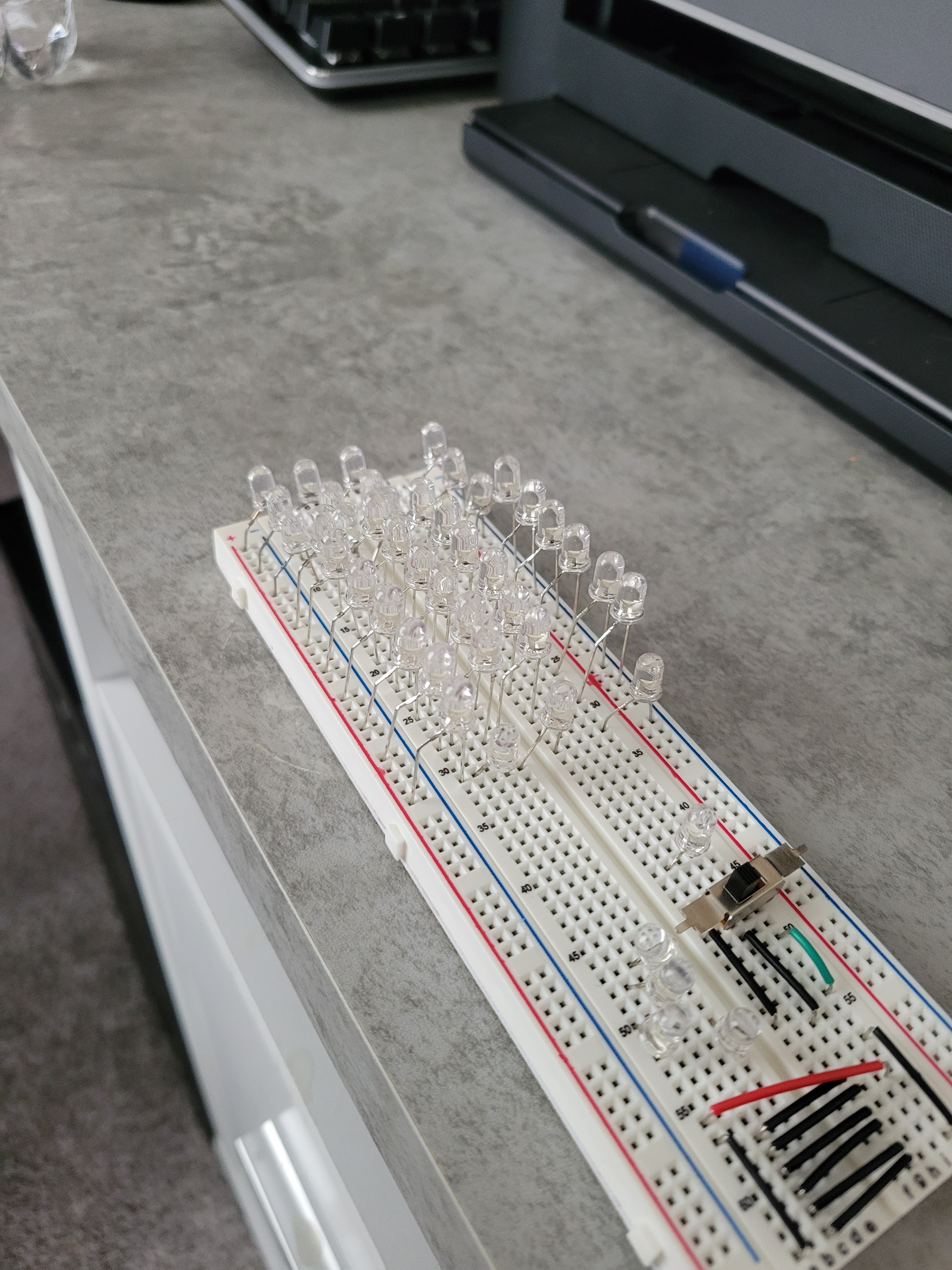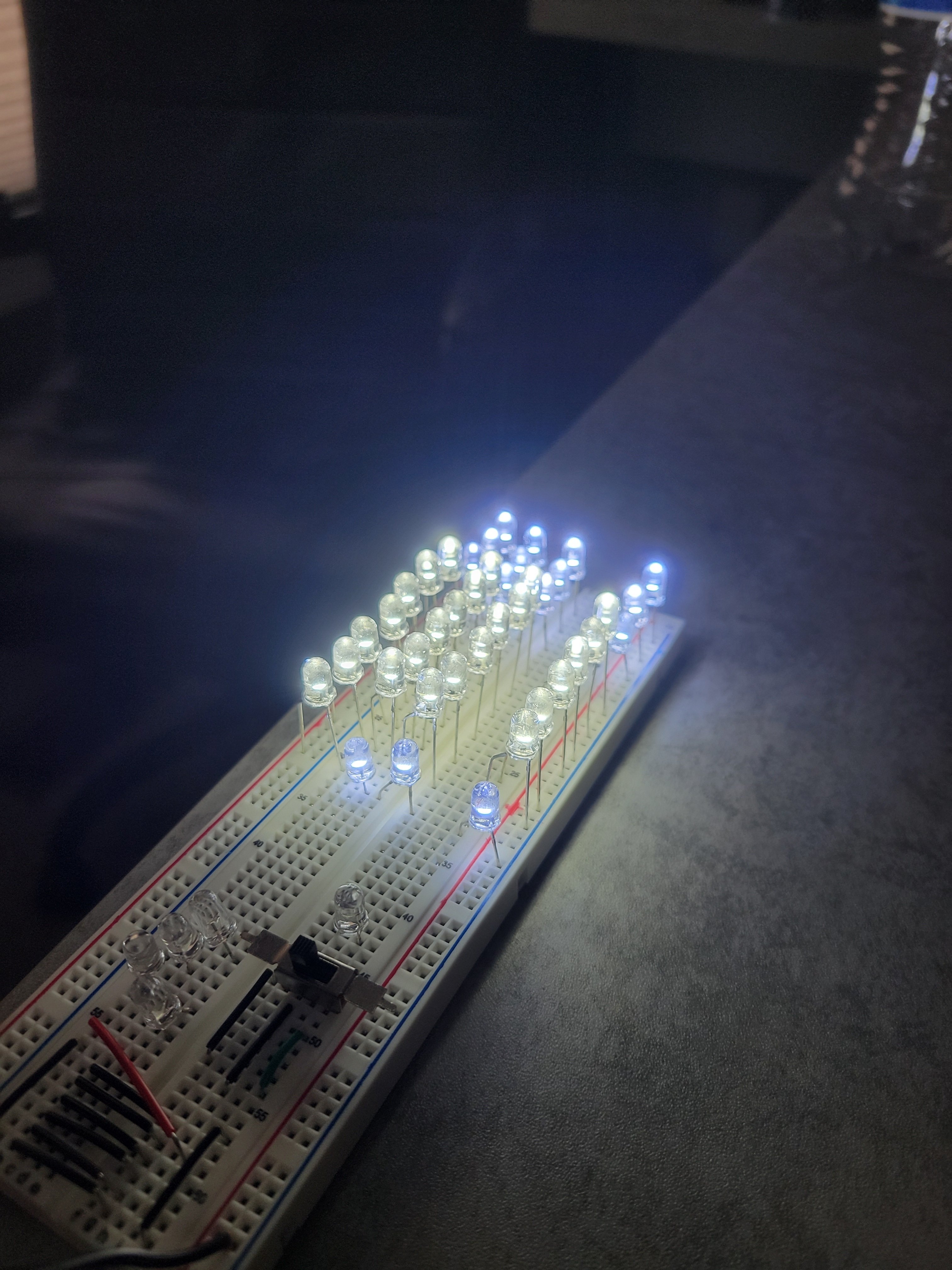this post was submitted on 20 Jul 2024
9 points (84.6% liked)
diyelectronics
354 readers
1 users here now
founded 2 years ago
MODERATORS
you are viewing a single comment's thread
view the rest of the comments
view the rest of the comments


I had that same thought, but I'm running 4, 3.3V diodes per parallel branch/arm/whatever, with a 12V power supply, so the calculations I've seen for determining the appropriate resistor tell me this doesn't need any.
It felt wrong, but I wanted to see if it would light up, and it did! I tried to wrap this concern into the "is it going to start on fire?" Bit lol
Not only you always need at least a resistor, but matching the power supply voltage to the leds drop will ensure you'll have a hard time maintaining their brightness on the real world.
If you want to keep it simple, leave 1V or 2V as a margin and add a resistor to get the desired current. If you want to make it fancy, get a led driver.
When you say "the real world" what do you mean, exactly? Because the 12V, 200mA power supply I used to power it for these pictures is likely what will ultimately power it
You have a current limiting power supply. So the power supply transistor is acting as the resistor for you in this scenario.